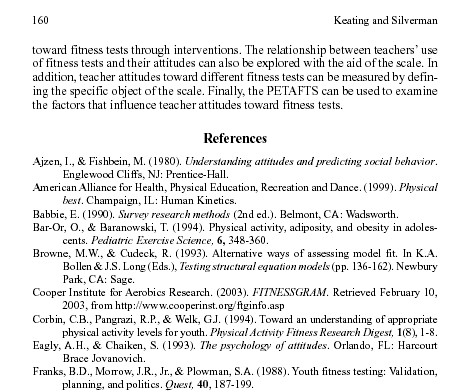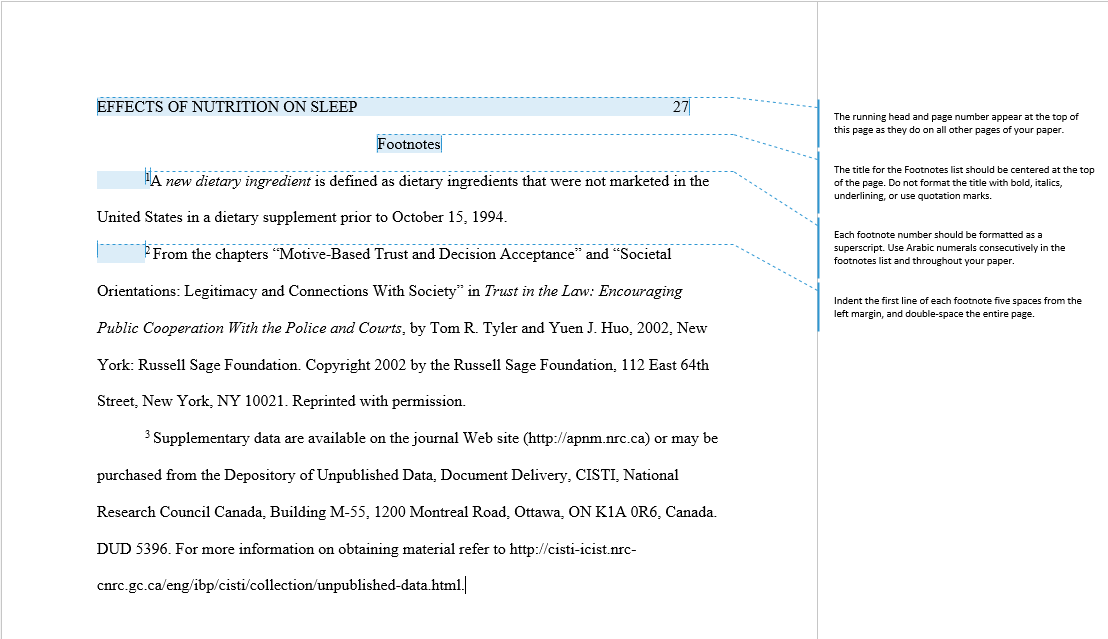

⁵Translations are provided by Emily Wilson unless otherwise noted. ⁴Citations of The Odyssey refer to Emily Wilson’s translated version unless otherwise noted. Alternatively, an initial and unnumbered note may be created. This can be done by placing a note in the text where the work is first referenced. Editions and translations usually require a note only when more than one edition or translation is cited. ³Italicised words denote translations for which there are no clear equivalents in the original Chinese. To explain an unusual documentation practice. ☯or more material related to Postcolonial Studies and Technology, see McClintock, Imperial Leather De Landa, War in the Age of Intelligent Machines.

¹See Said, Culture and Imperialism and Orientalism Serres, The Natural Contract Foucault, The Foucault Reader, esp. Some common uses of bibliographic notes are:

The citation that includes the author and year would then come at the end of the statement in parentheses. You might use parenthetical citations when stating an idea, quote, or finding without mentioning the author or source name in the sentence. A parenthetical citation is similar to an in-line citation-it appears in the body text, and the author’s name and year of publishing are cited in parentheses.

You might use in-line citations to introduce a statistic, quote, or finding along with the author’s name, and then you would cite it by including the year in parentheses. In-line citations occur within the text itself. In-text citations include both in-line citations and parenthetical citations, both of which you would use when quoting or taking an idea, thought, or fact from another author or source. It includes all important components of the cited source, such as author name, title, publisher, publish date, page numbers, website URL, and DOI-the digital object identifier that acts as the document’s permanent ID on the internet. Full citations come at the end of the paper in the bibliography section.


 0 kommentar(er)
0 kommentar(er)
